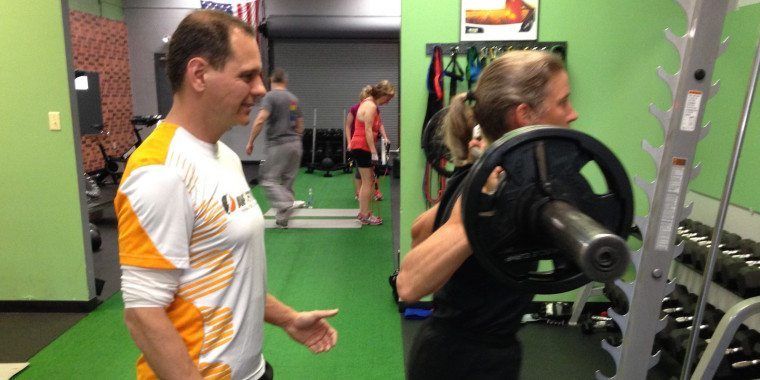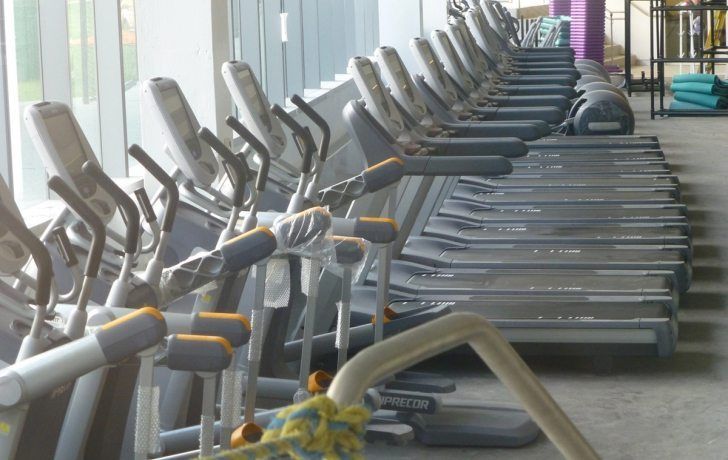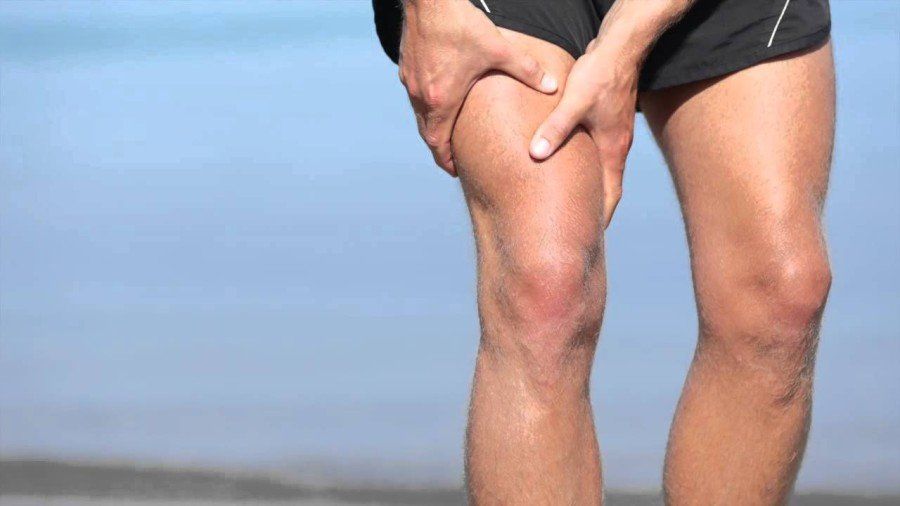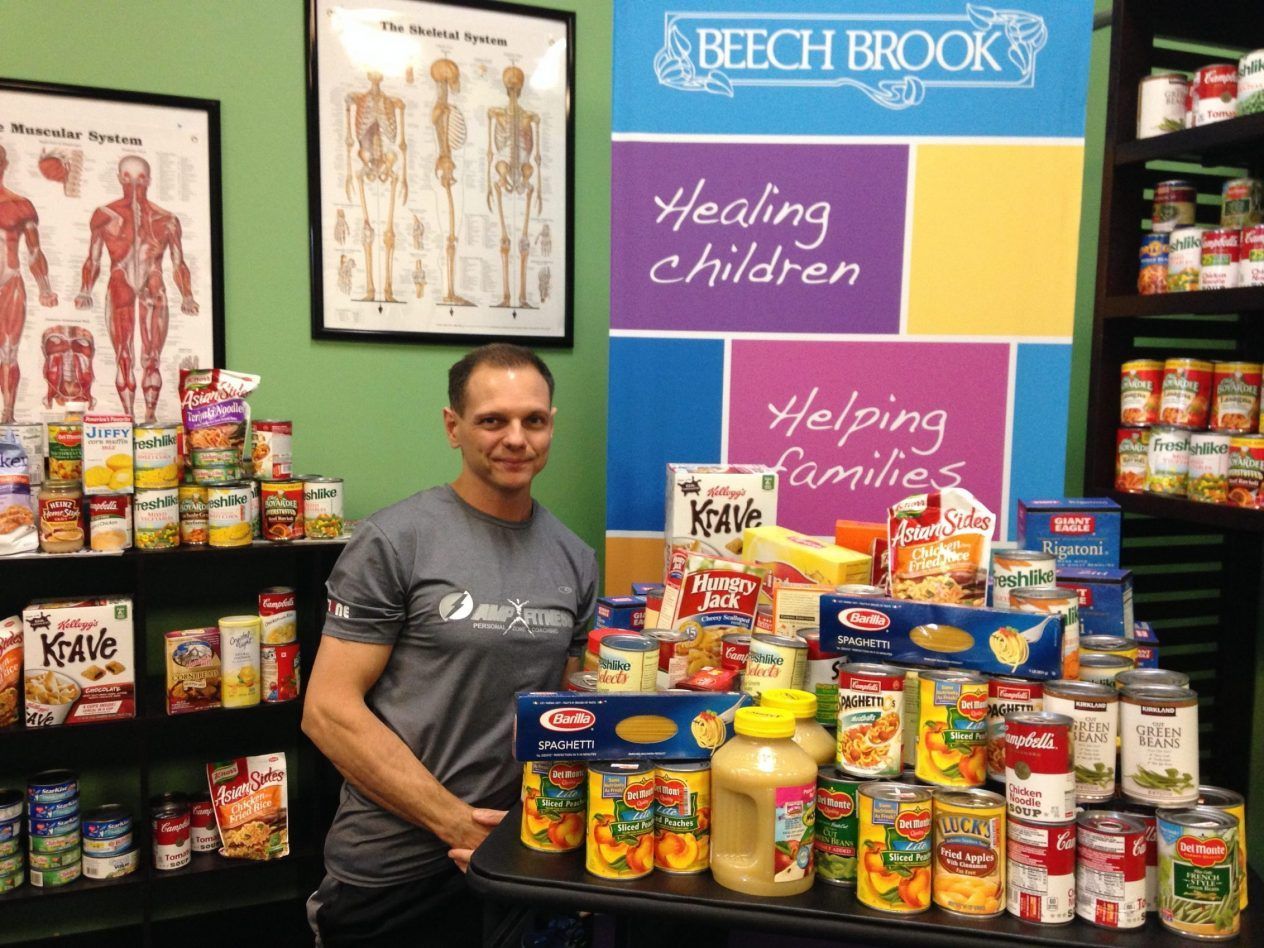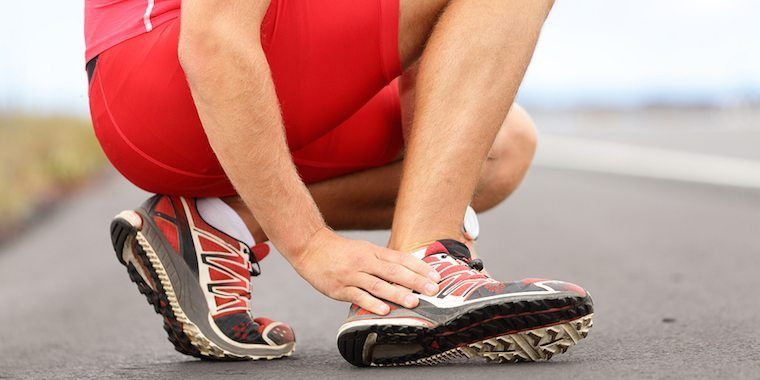A workout injury can happen to anyone, no matter your experience or fitness level. But you can significantly cut your risk of getting hurt by using common sense and following a few workout precautions.
According to the website webmd.com, some of the most common workout injuries include muscle pulls and strains, sprained ankles, shoulder injury, knee injuries, tendinitis and wrist sprain.
There are, of course, steps you can take to help stay injury-free during a workout, starting with working with a professional trainer, who will teach you how to work out correctly and create a safe and realistic exercise program.
Here are some guidelines to help reduce your risk of injury during a workout:
Warm-up and cool-down. Every workout should begin with a warm-up and end with a cool-down period. A warm-up helps your body get ready for exercise by gradually increasing your heart rate and loosening your muscles and joints.
Some simple ways to warm up include riding an exercise bike, jumping rope or jogging on a treadmill for five to 10 minutes.
A cool-down after you work out is just as important to slowly bring your heart rate back to normal. Walking for five to 10 minutes after you work out is one example of a cool down.
Stretch. There are several benefits to incorporating stretching into your workout routine and the American College of Sports Medicine recommends stretching each of the major muscle groups at least two times a week for 60 seconds per exercise.
In addition, regular stretching can help keep your hips and hamstrings flexible as you age, and can also help if you are experiencing problems with your posture.
Related: Post-workout stretching offers the most benefits
With any stretch, you should feel a stretch, but you shouldn’t feel pain. So there is no need to stretch farther than the range of motion you typically need.
Ease into it. When you begin an exercise routine or start a new workout program, start slowly. Then gradually build up the intensity, duration, and frequency. As your fitness abilities increase, you will be able to challenge yourself more.
Cross-train. Be sure to vary your workout so that you don’t overuse one set of muscles. Repeating the same muscle movements frequently can lead to overuse and repetitive-use injuries such as shin splints and tendinitis.
Related: Small group workouts off a variety of benefits
A great way to vary your workout is to consider joining a small-group workout. According to the American College of Sports Medicine, by joining a group session, you are exposed to different instructors and music, and you have the opportunity for interaction with your fellow participants.
Know your trouble spots. Working with a certified trainer will help you tailor your workout for problem areas. For example, if you have arthritis in your knees, a trainer will select exercises to help build up strength but that don’t hurt.
Listen to your body. The “no pain, no gain” philosophy can set you up for an injury. You can get fit without feeling pain. Don’t push yourself to the point of pain. If you feel pain, you may be injured. Stop your workout, and rest for a day.
Even if you perform your exercises correctly, you may experience what is known as delayed onset muscle soreness. This type of soreness is different from acute soreness, which is pain that develops during the actual activity. Delayed soreness typically begins to develop 12-24 hours after the exercise has been performed and may produce the greatest pain between 24-72 hours after the exercise has been performed.
Related: Understanding delayed onset muscle soreness
Fuel your body. Drink plenty of water before, during and after you work out. A good general rule is to drink:
- 8 ounces about 20 to 30 minutes before working out
- 8 ounces every 10 to 20 minutes during your workout
- 8 ounces when your workout is done
You should also eat a small meal or snack every 2 to 3 hours to keep a steady source of fuel for your body. After your workout, eat a healthy carb and protein snack to replenish your energy stores.
To learn more about properly starting a safe exercise program, contact AMP Fitness at 216-831-3674 or email us at info@ampfitness.com.
